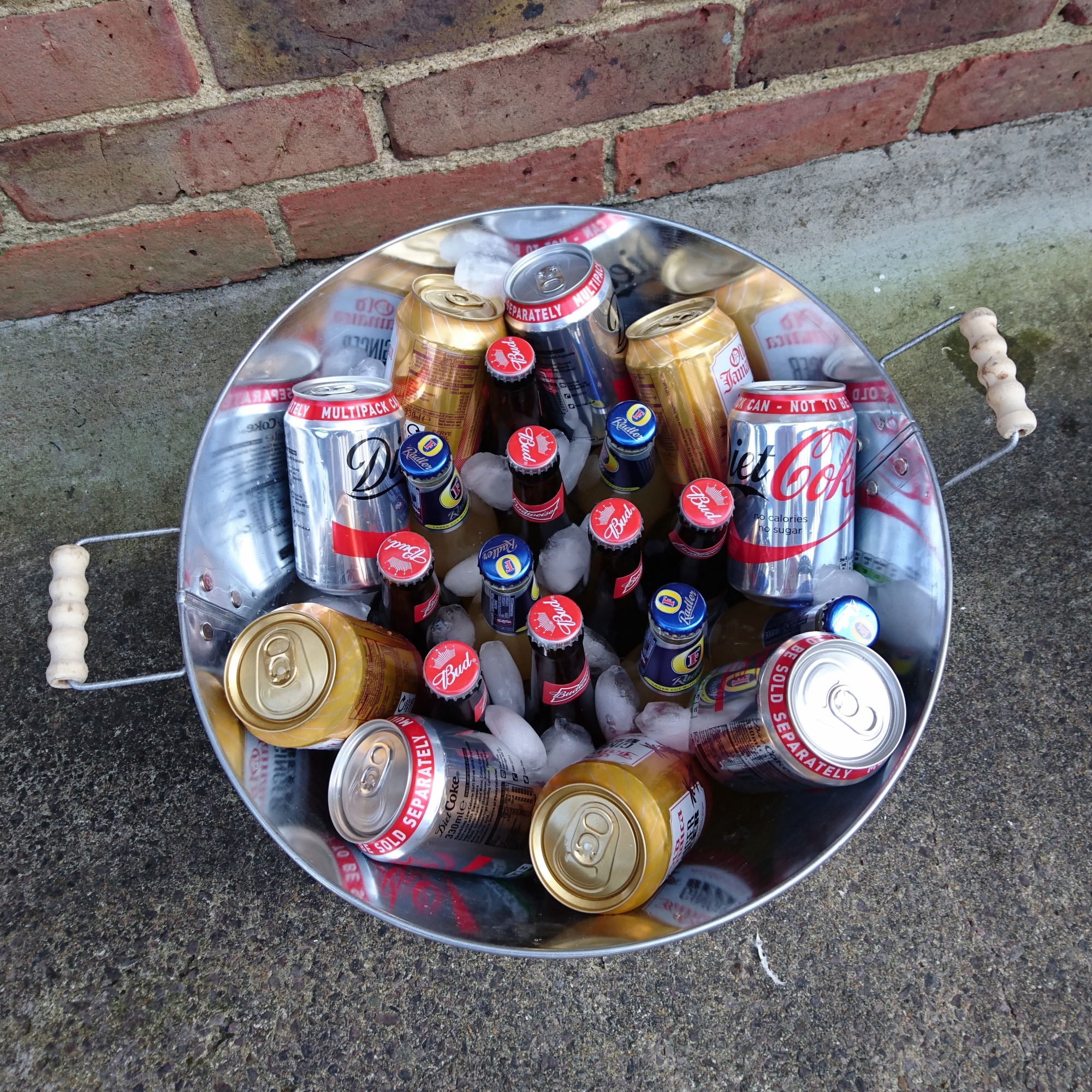Aaah, the can and the bottle. A classic pairing spotted in many an ice bucket on a hot afternoon and a winning combo fit to challenge even the most iconic double acts (Laurel & Hardy, Richard & Judy, Batman & Robin… the list goes on). Having worked for some time with clients and media in the packaging sector, it was during a recent trip to the local newsagent’s that got me thinking about these two very different yet so similar containers.
Both items are long-standing staples of the packaging sector, each one with its own colourful history (did you know bottles have been around since 1500BC? Or that the supply of cans to the Royal Navy in 1813 had a profound effect on sailor diets?), but what are the merits of each packaging method? Is one better than the other? And what does “better” even mean? To find out the answer, I went with my gut – and my gut was thinking beer (I am British AND German, after all).
Let’s approach this as objectively as possible. Both packaging methods have a design which allows them to be easily stacked and transported, meaning that the logistics side of the argument is swiftly handled. Unlike the cumbersome keg, both cans and bottles are designed to fit in the snug confines of your fridge or hotel mini-bar, thus instantly putting any discussions on footprint to rest.
It’s when you start discussing production costs that things get interesting. Yes, cans tend to be cheaper than bottles, but because of that, your average business owner is more likely to opt for larger runs. This means your wallet is going to be affected if you’re producing in bulk and it’s one of the reasons why a number of craft brewers prefer to go for a bottling operation. What’s more, bottles offer more flexibility with product labelling – you can apply labels to the same series of bottles, but you’ll need to reprint the design on a series of cans.
Admittedly, I tend to find bottles have a more elegant appearance, a thought that is shared among consumers, who are willing to pay a bit more for what looks like a higher quality product. Plus, there seems to be a vocal majority (of which I’m part) that states canned beer has a more metallic flavour that’s surely due to its container. However, cans are better than bottles at blocking UV light, one of the prime factors that affects the beer’s flavour. Ergo, canned beer should actually taste better.
And that metallic flavour we keep going on about? That’s got to do with the drinker smelling the aluminium, which means all you need to do is pour the beer into the glass to avoid thought-up aftertastes.
So as you can see, both containers have their strengths and weaknesses. But kick-starting a debate over which one is better would be missing the point, i.e. the packaging does not affect the product. In fact, we could put a Disney spin on it and say it’s what’s on the inside that counts. And all of a sudden, that weekend trip down the pub can’t come soon enough…
